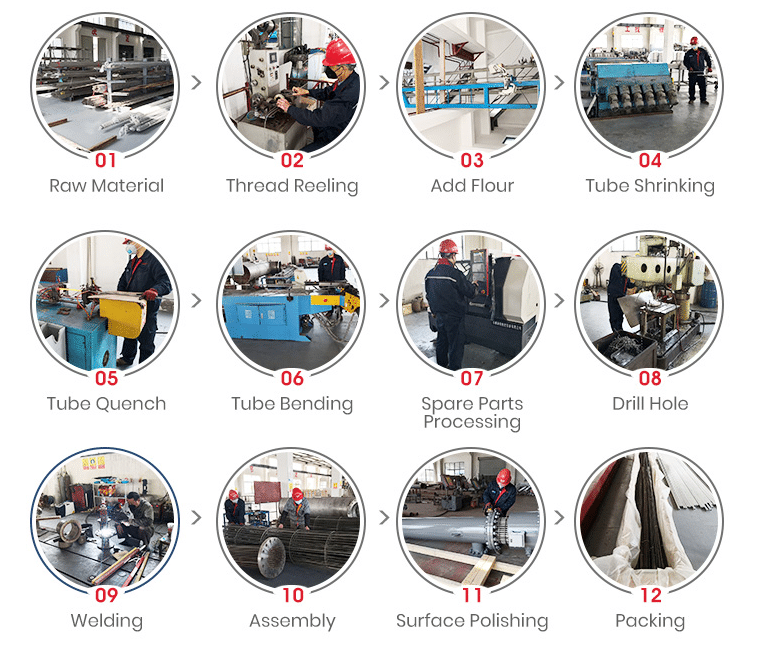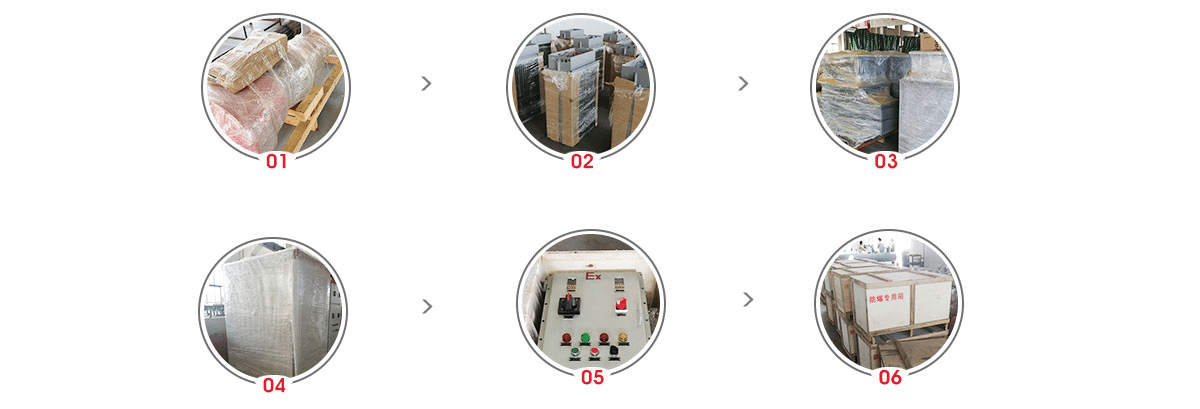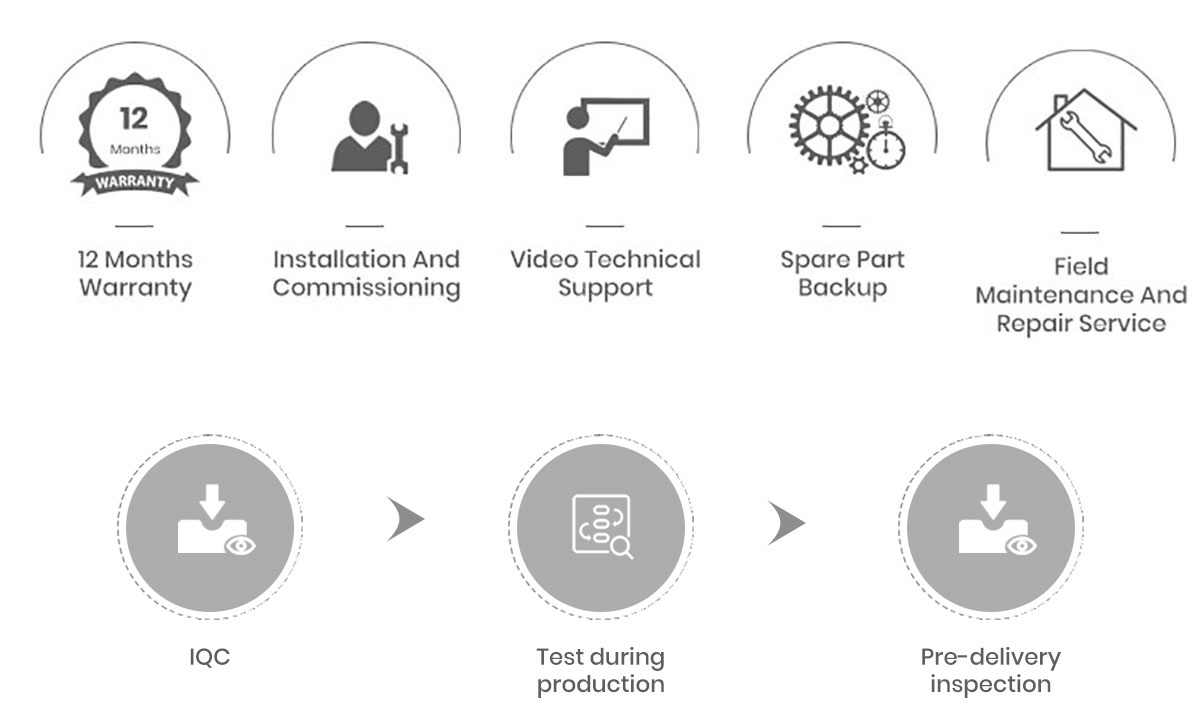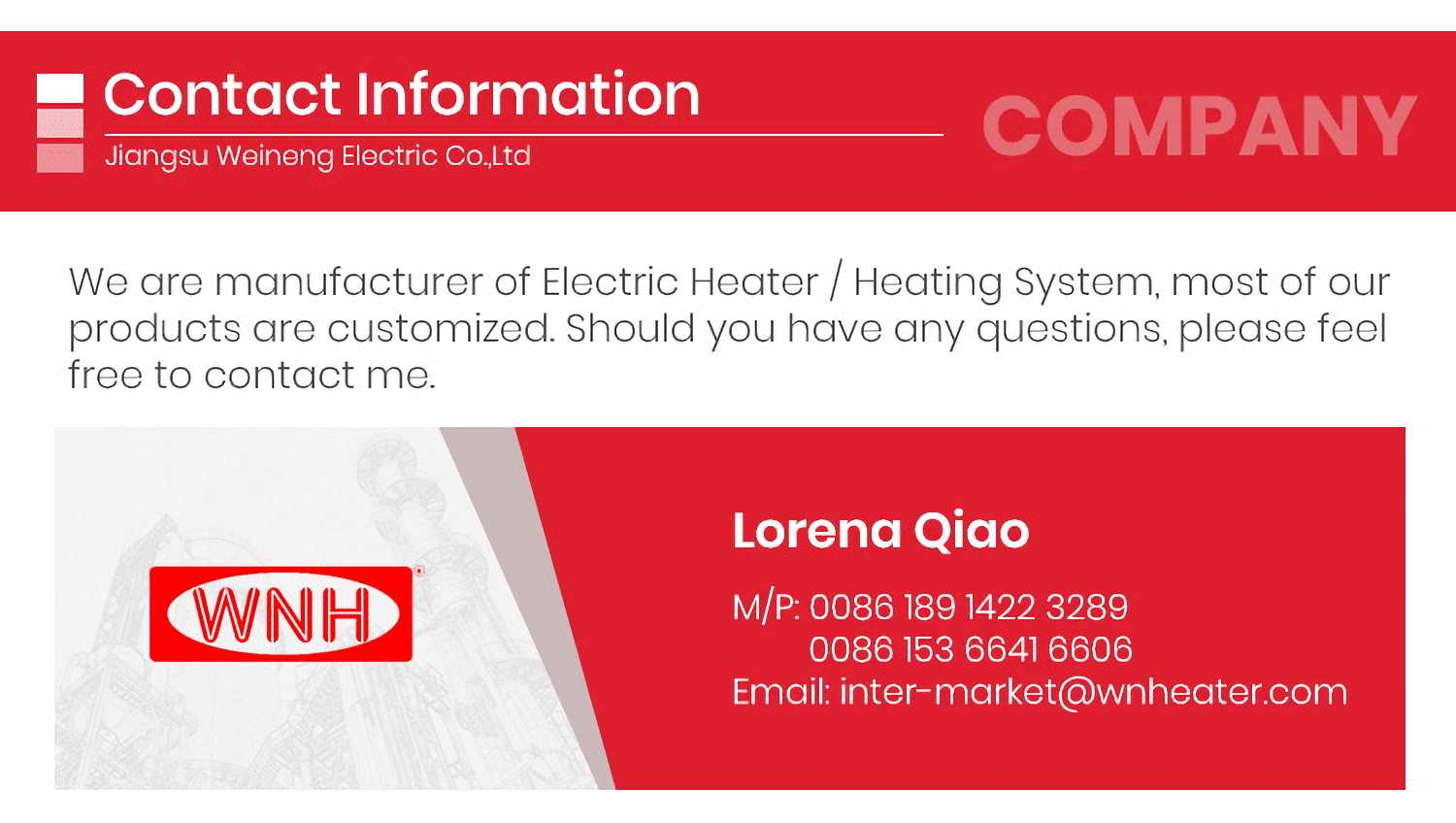Various types of finned tubular heater
Shielded heating elements in AISI 304 of φ10mm;
Finned tubular heaters are superior to tubular heaters since fins greatly increase surface area, permit faster heat transfer to air and permits putting more power in tighter spaces—like forced air ducts, dryers, ovens and load bank resistors resulting in lower element surface temperature. They are made of up of tubular heating elements and are equipped with electro galvanized steel fins. Mechanically bonded continuous fins assure excellent heat transfer and helps prevent fin vibration at high air velocities. As the surface area is increased and heat transfer is improved due to fins, it results in lower sheath temperature and maximizing of element life.
To heat forced circulation air for heating premises, closed drying circuits in heaters, charge benches, etc.
These industrial heating solutions are among the most common heaters and are best suited for a large number of applications such as conduction, convection, and radiation for stoves, industrial ovens, drying cabinets, air conditioners etc. They can be used in virtually every industrial environment up to about 750°C (1382°F) and be molded into many unique and complex shapes. Finned heaters are extremely rugged, have low capital cost and require negligible maintenance.
1.Are you factory?
Yes, we are factory, all customers are more than welcome to visit our factory .
2.What are the available product certifications?
We have certifications such as: ATEX, CE, CNEX. IS014001, OHSAS18001,SIRA, DCI. Etc
3.How Do Tubular Heating Elements Work?
Tubular heating elements transfer heat through direct exposure to a liquid, solid, or gas. They are configured to a specific watt density, size, shapes, and sheath based on their specific application. They can reach temperatures of 750 degrees centigrade or higher when configured properly.
4.What Mediums Can Tubular Heating Elements Be Used For?
Tubular heating elements can be used for heating a variety of mediums including liquids, gases, and solids. Tubular heating elements in conduction heaters use direct contact for heating solids. In convection heating, elements transfer heat between a surface and a gas or liquid.
5.How long is the warranty time for your product?
Our officially promised warranty time is 1 year after delivering at best.














